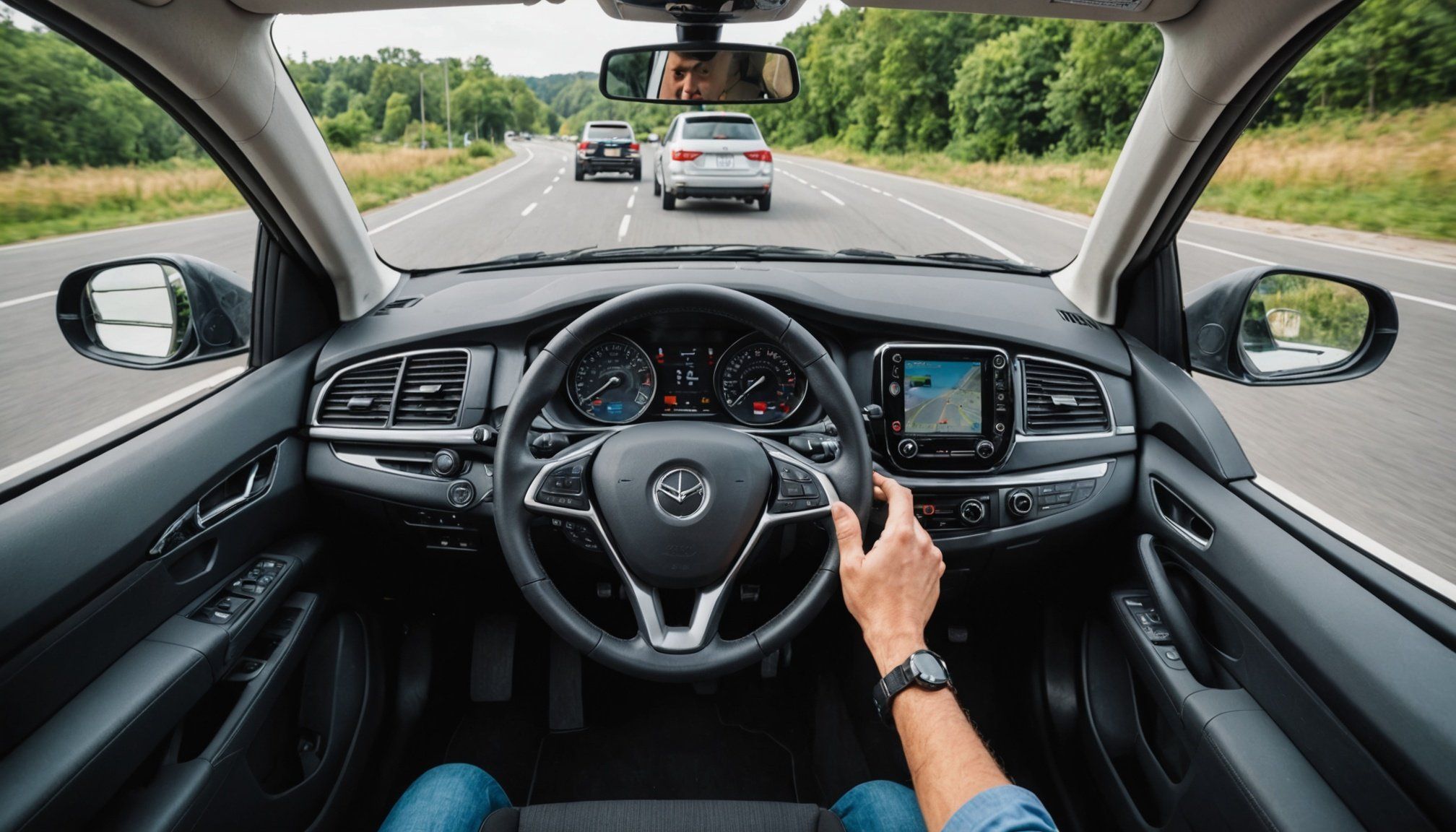In today’s fast-paced world, driving isn’t just about reaching your destination; it’s about doing so with confidence and control. As you navigate highways and byways, the emphasis on safety and driving skills cannot be overstated. While many of you may have been driving for years, the opportunity to refine your abilities and adopt advanced techniques remains ever-present. This article will guide you through practical tips and strategies to enhance your driving prowess, ensuring a safer journey for yourself and others on the road.
Mastering Defensive Driving Techniques
Defensive driving is more than just a buzzword; it’s a comprehensive approach that equips you with the skills to anticipate potential hazards, react promptly, and maintain control of your vehicle.
Topic to read : What are the key safety tips for driving in foggy conditions?
Understanding Defensive Driving
Defensive driving is a method that goes beyond following traffic rules. It’s about reading the road, predicting the actions of other drivers, and always being prepared to act. By mastering defensive driving, you not only enhance safety but also instill confidence in your driving abilities.
Key Techniques
- Maintain a Safe Distance: Always keep a safe following distance from the car in front of you. This allows adequate time to react to sudden stops or changes in traffic.
- Stay Alert: Keep distractions at bay. Pay attention to the road and your surroundings, constantly scanning for potential hazards.
- Adapt to Conditions: Whether it’s rain, snow, or fog, adapt your driving style to the current weather and road conditions, slowing down as necessary.
Benefits of Defensive Driving
- Reduced Accidents: By being proactive, you significantly lower the risk of collisions.
- Lower Insurance Premiums: Many insurance companies offer discounts for completing defensive driving courses.
- Enhanced Skills: You’ll find your overall driving ability improves, making each journey smoother and more enjoyable.
Essential Skills for Safe Driving
Becoming a proficient driver requires more than just mechanical skill; it involves cultivating a mindset centered on safety and control. Here are some essential skills every driver should hone.
This might interest you : Essential Safety Measures for Testing and Fine-Tuning High-Performance Brake System Alignment
Situational Awareness
Understanding your surroundings is crucial. This means not only paying attention to the cars directly around you but also being aware of the broader traffic landscape.
Vehicle Control
Your vehicle is an extension of you on the road. Regularly practice:
- Smooth Acceleration and Braking: Abrupt movements can lead to loss of control.
- Effective Steering: Keep your hands at the 9 and 3 positions for optimal control.
- Proper Gear Usage: Familiarize yourself with your car’s transmission system, whether automatic or manual.
Decision Making
Reacting to the unexpected requires quick yet calculated decisions. Always prioritize safety over speed, and never take unnecessary risks.
Communication
Use signals to communicate your intentions to fellow drivers and always be predictable in your driving behavior. Clear communication helps reduce traffic misunderstandings, ensuring a smoother flow for all.
Advanced Driving Tips for the Experienced Driver
Even seasoned drivers can benefit from refining their techniques. Advanced driving skills focus on precision, efficiency, and heightened safety measures.
Precision Driving
- Cornering Techniques: Learn the art of navigating curves smoothly by entering wide and exiting tight, maintaining a steady speed.
- Braking Techniques: Master threshold braking, which involves pressing the brake pedal to the point just before the wheels lock up.
Efficiency on the Road
- Fuel-Efficiency: Adopt techniques like maintaining a steady speed and reducing idle time to save on fuel costs.
- Time Management: Plan your journeys to avoid peak traffic hours, making for a more efficient and less stressful drive.
Enhanced Awareness
- Blind Spot Monitoring: Regularly check your mirrors and turn your head to eliminate blind spots before changing lanes.
- Rear View Observation: Keep an eye on the vehicles behind you, especially in heavy traffic.
By integrating these advanced driving techniques, you can achieve a more refined driving experience while enhancing safety.
The Role of Technology in Modern Driving
As the automotive industry advances, technology has become a critical ally in ensuring safety and improving driving skills. From built-in systems to mobile applications, various technologies are designed to assist and elevate your driving experience.
Built-in Vehicle Technologies
- Anti-lock Braking Systems (ABS): Prevent skidding and help maintain control during emergency stops.
- Electronic Stability Control (ESC): Assists in maintaining control during sharp turns or slippery conditions.
- Adaptive Cruise Control: Automatically adjusts speed to maintain a safe distance from the car ahead.
Mobile Applications and Gadgets
- Navigation Apps: Tools like Google Maps provide real-time traffic updates and alternative routes.
- Driver Assistance Apps: These apps monitor your driving habits, offering feedback on areas for improvement.
The Future of Driving
With the advent of self-driving cars and smart traffic systems, the future holds exciting prospects for further enhancing safety and efficiency on the roads. However, until then, it’s crucial to stay informed and embrace the technology available today.
Driving is a skill that requires continuous development and adaptation. By embracing defensive strategies, honing essential skills, engaging with advanced techniques, and leveraging modern technology, you can significantly enhance your safety on the road. Remember, the journey towards becoming a better driver is ongoing, and every step taken not only benefits your personal safety but also contributes to a safer traffic environment for all. Stay informed, practice diligently, and drive with confidence and care.











